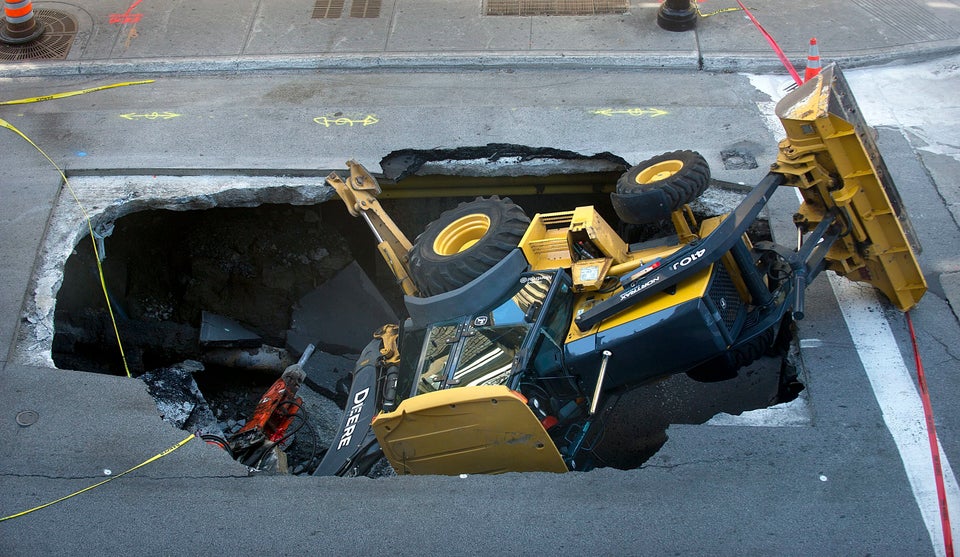The sinkhole that collapsed part of the National Corvette Museum in Kentucky on Wednesday has made more people pay attention to the potentially dangerous depressions. But does that mean they're on the rise?
Not necessarily, according to geologist Drew Glasbrenner, a sinkhole specialist in Tampa, Fla.
"We get more reports about sinkholes because more people are living near them," he told The Huffington Post. "In the past, if there was a sinkhole in an orange grove, it was covered up. Nowadays, that orange grove is more likely a housing development."
Advertisement
Glasbrenner is featured on "Sinkholes: Swallowed Alive," a documentary having an encore broadcast Feb. 17 on Destination America.
Storm Systems Brings Severe Flooding To Pensacola
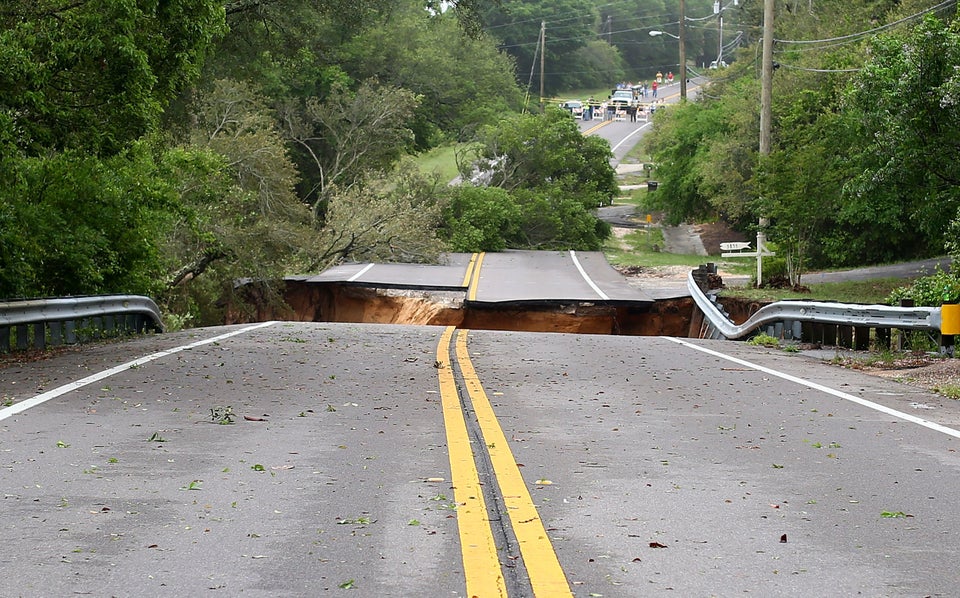
Getty Images
PENSACOLA, FL - APRIL 30: A sinkhole on Scenic Highway after part of the highway collapsed following heavy rains and flash flooding on April 30, 2014 in Pensacola, Florida. A major storm system that brought tornadoes to regions of the South dumped more than two feet of water in a little over a day in the Florida Panhandle. (Photo by Marianna Massey/Getty Images)
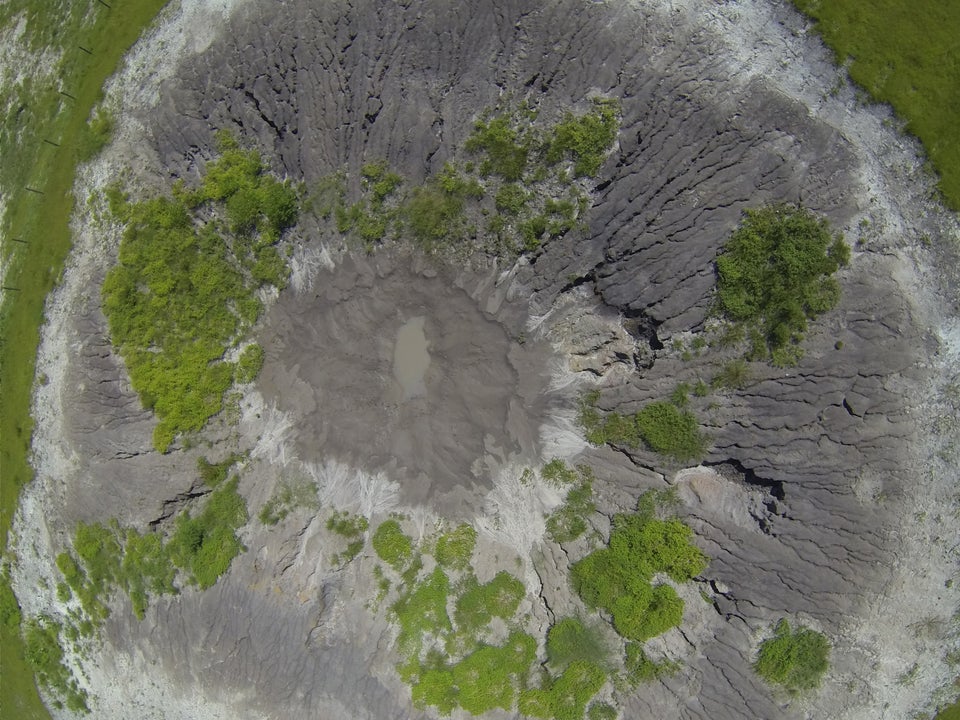
Destination America
Sinkholes can happen anywhere, but are most likely to happen in areas with lots of limestone, gypsum and salt.
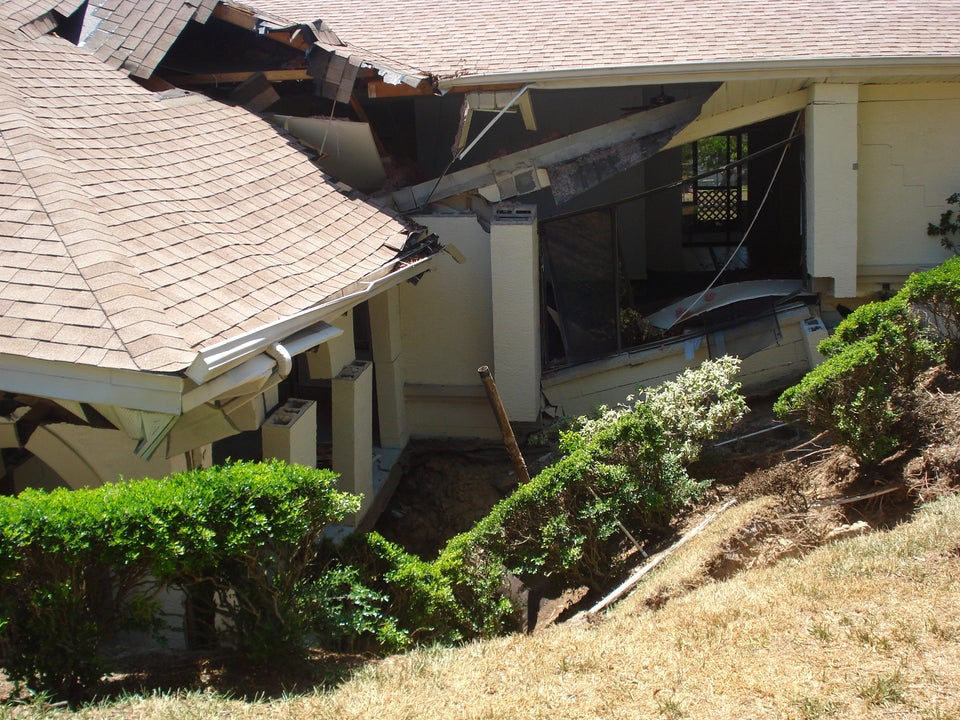
Destination America
Twenty-five percent of the country is especially prone to geologic sinkholes. Other areas are more likely to have man-made sinkholes, which are caused by erosion from broken pipes and sewers.
Advertisement
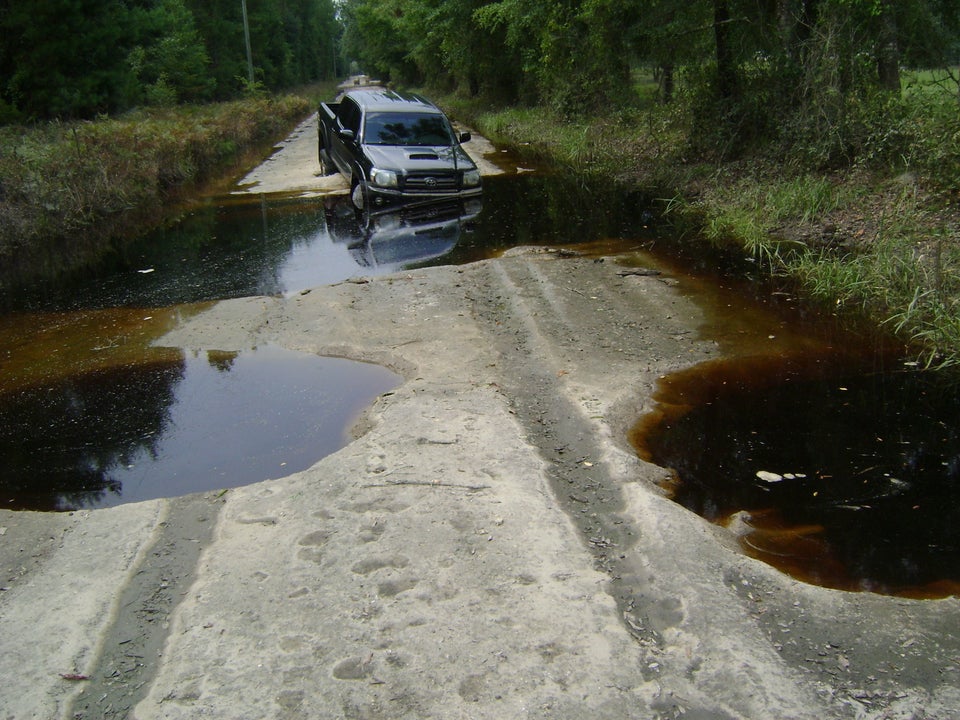
Destination America
Geologic sinkholes can be affected by manmade activity, but usually they have built up over a long period of time.

Destination America
Glasbrenner says Americans do a pretty good job of screening sinkhole areas. But in an effort to saving money, the people who measure the soil parameters might only go 10-15 deep when the bedrock is hundreds of feet below the surface. "A sinkhole can develop in the space that isn't measured.

Destination America
Geologic sinkholes come in two types.Cover-collapse is when the dirt falls into the hole quickly.Cover-subsidence is when the soil drops out over a period of years, as little as an inch at a time.
Advertisement
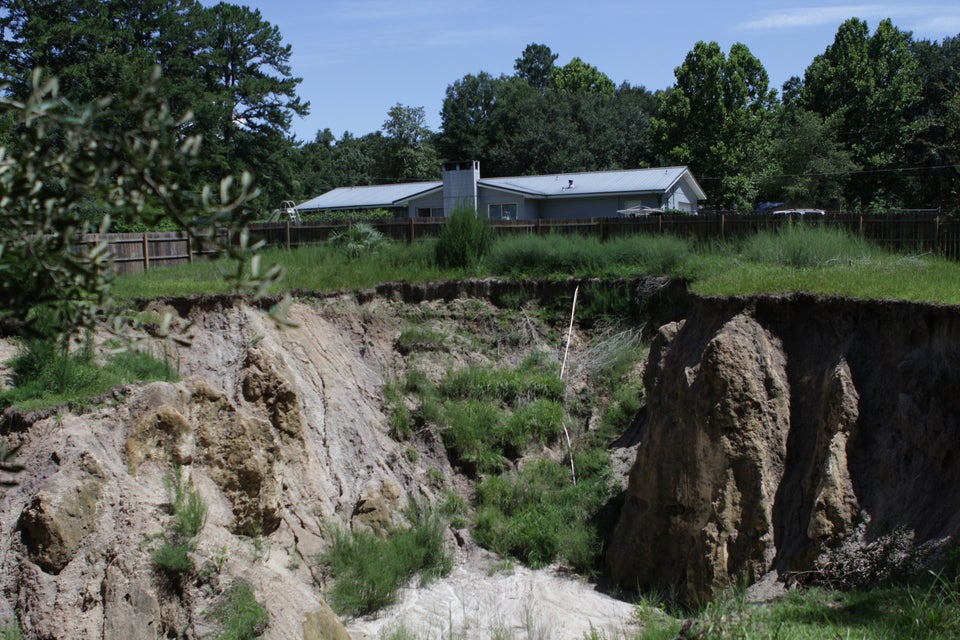
Destination America
Florida is especially prone to sinkholes because the limestone in the soil is relatively young and hasn't had a chance to get hard. Kentucky, Missouri and Tennessee are also prime sinkhole spots, according to Glasbrenner, but the limestone is harder.
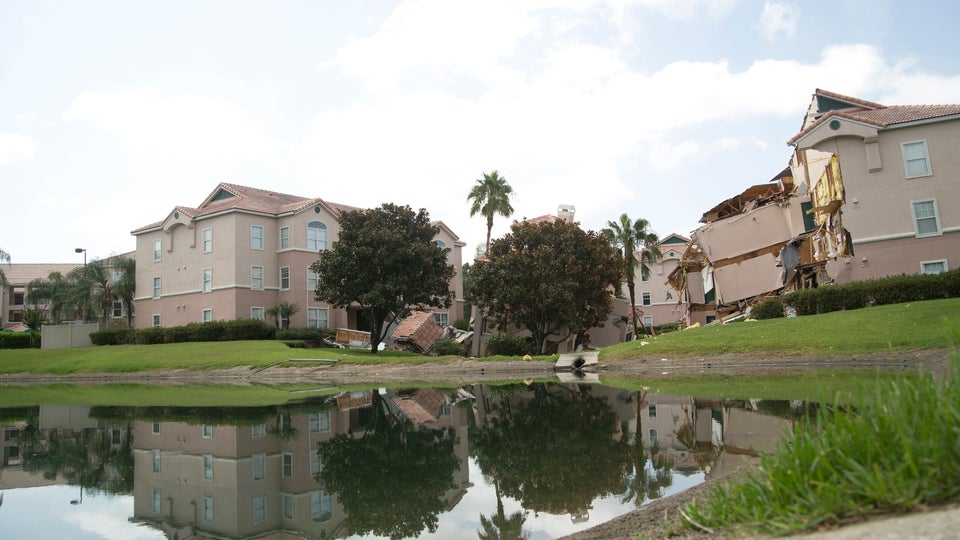
Destination America
Glasbrenner says Florida will continue to get more sinkholes as more people move to the state. He said they can be reduced if developers take the natural draining patterns of their properties into account.

